As a dedicated software engineer and a proud member of the PLASS lab, I had the unique opportunity to contribute to a cutting-edge project entitled "Diaphragm Function Evaluation through Chest CT Image in COPD Patients." This project, a collaboration with Prof. Jinkyeong Park from the Department of Pulmonary at Kyung Hee University Hospital, was generously supported by the Ministry of Science and ICT (MSIT) of the Government of the Republic of Korea. Our primary objective was to develop a precise and practical method for evaluating diaphragm function in COPD patients using chest CT images.

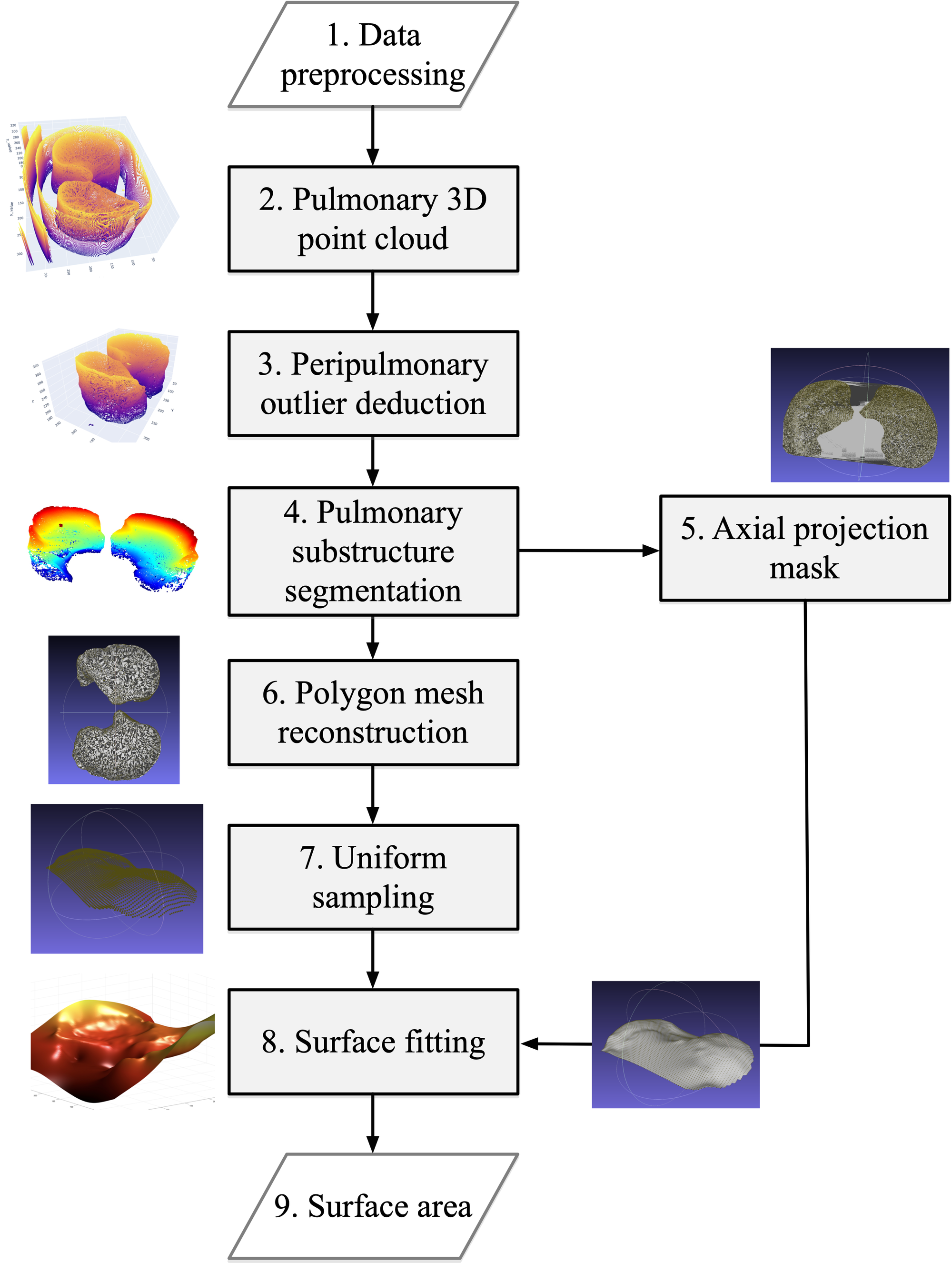
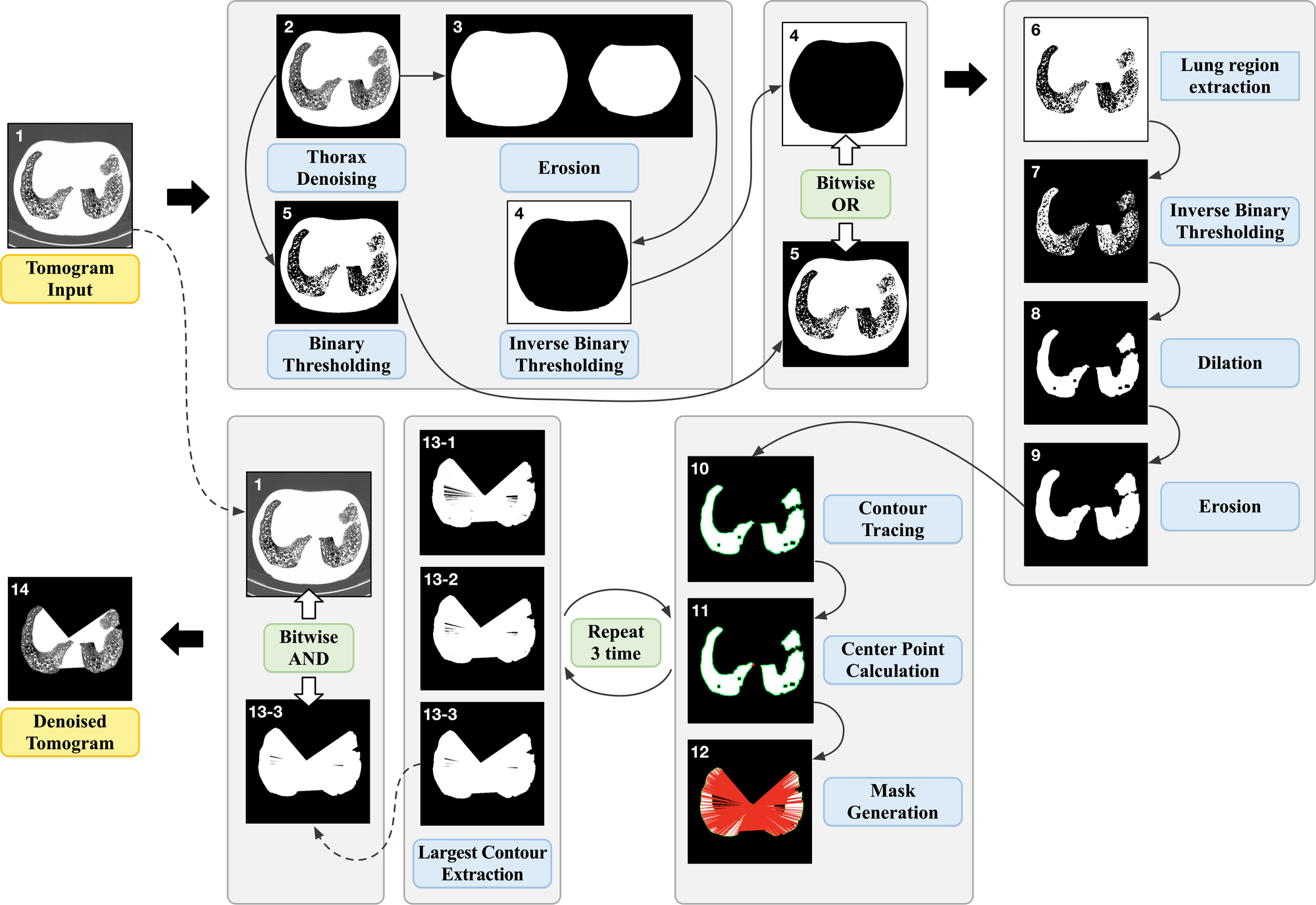
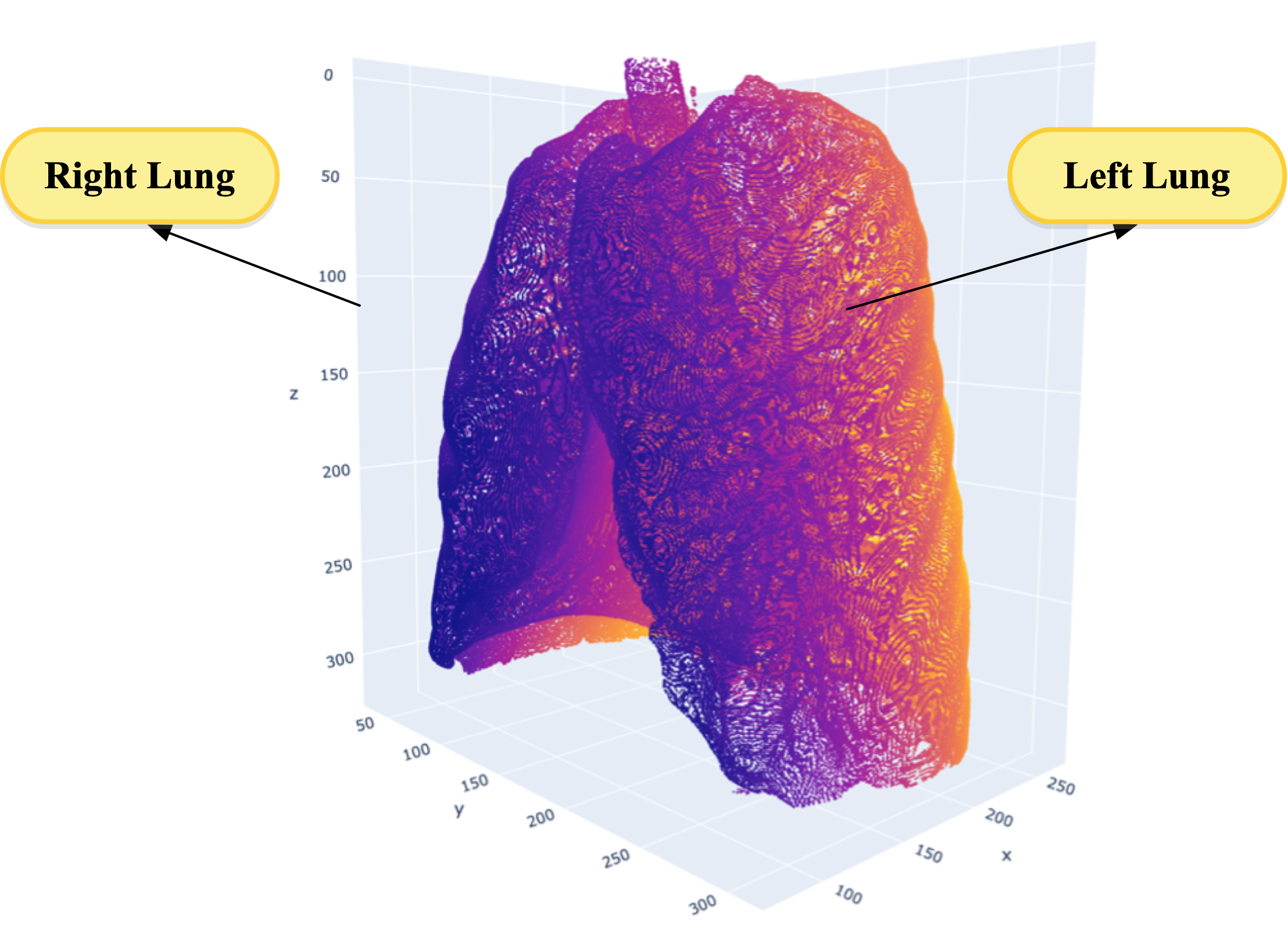
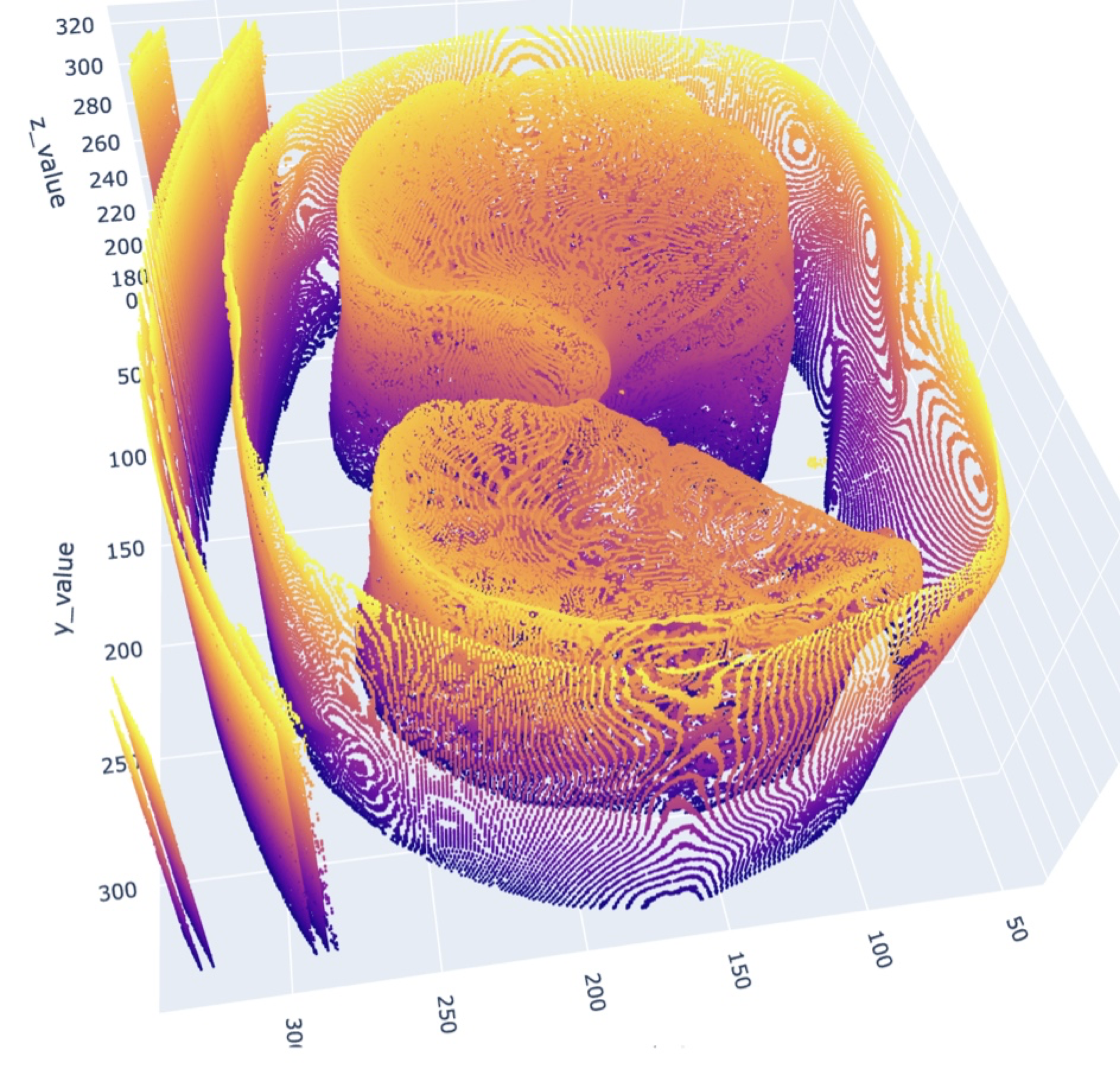

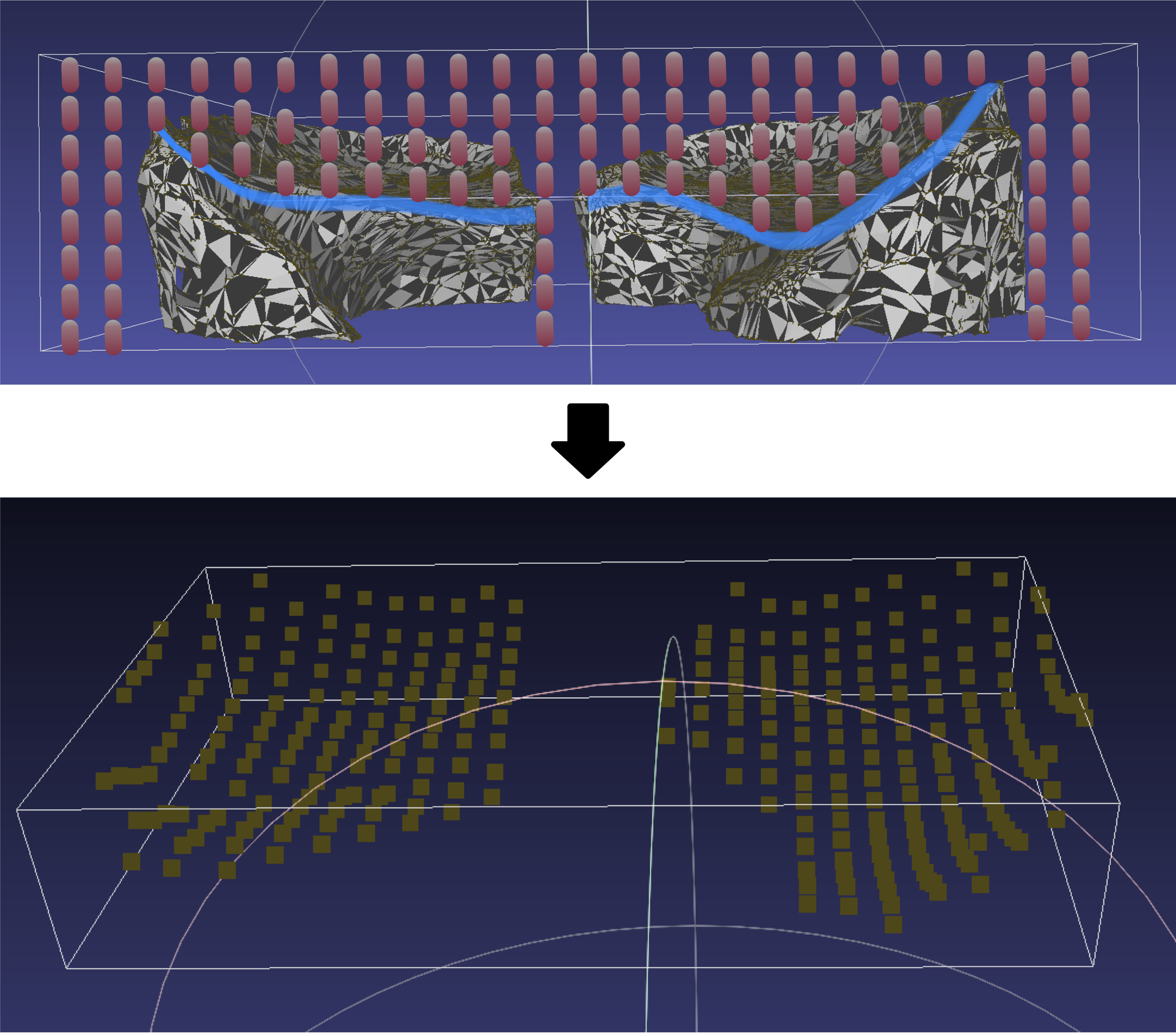
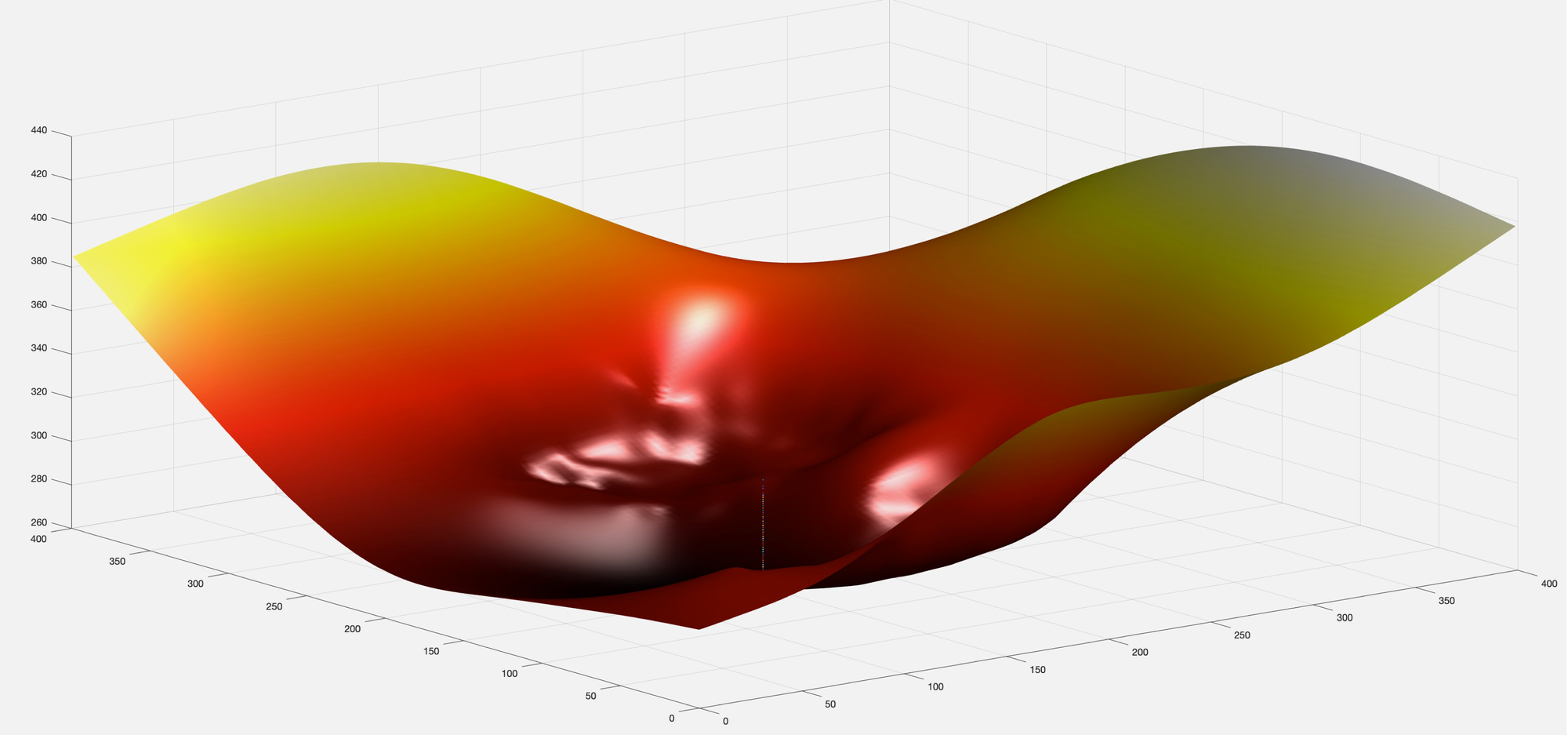
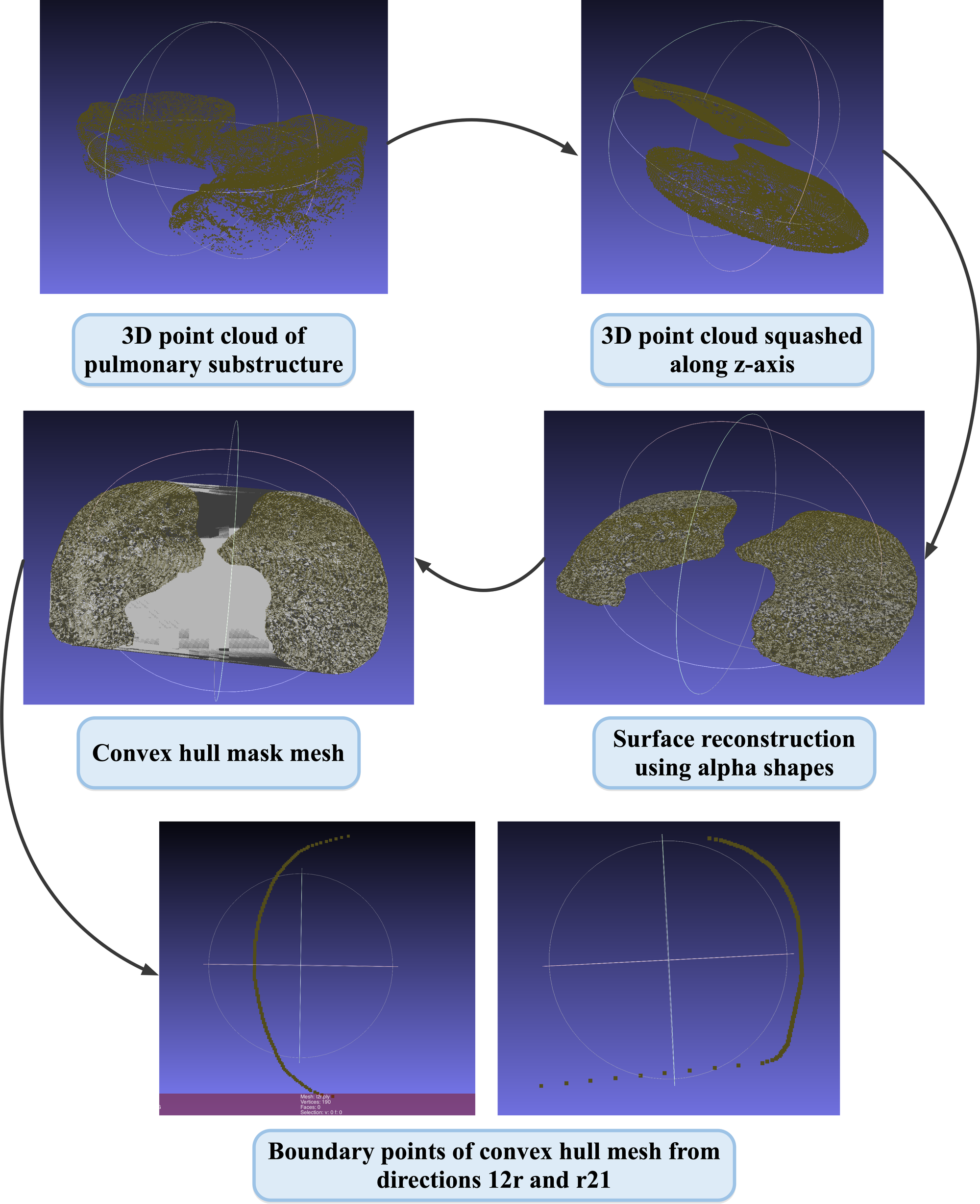
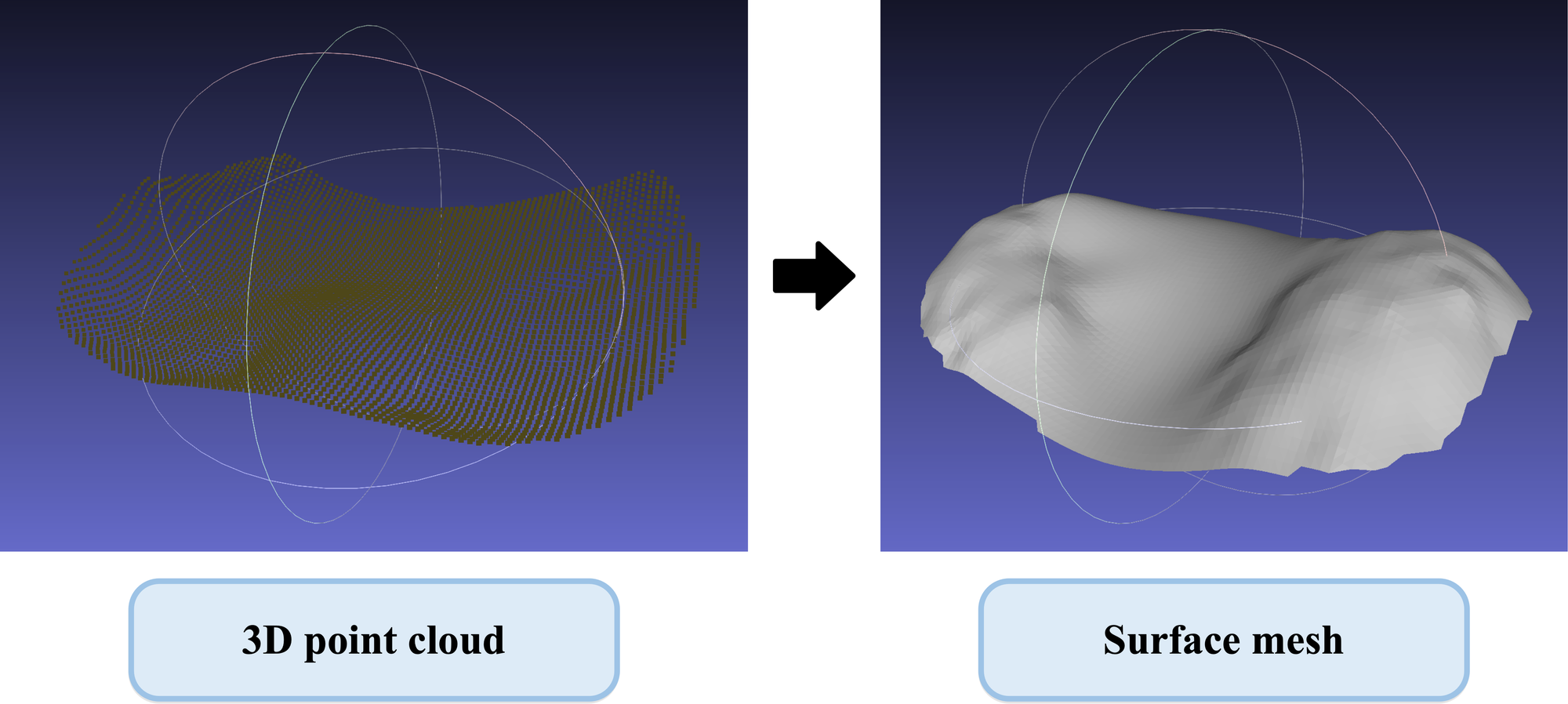
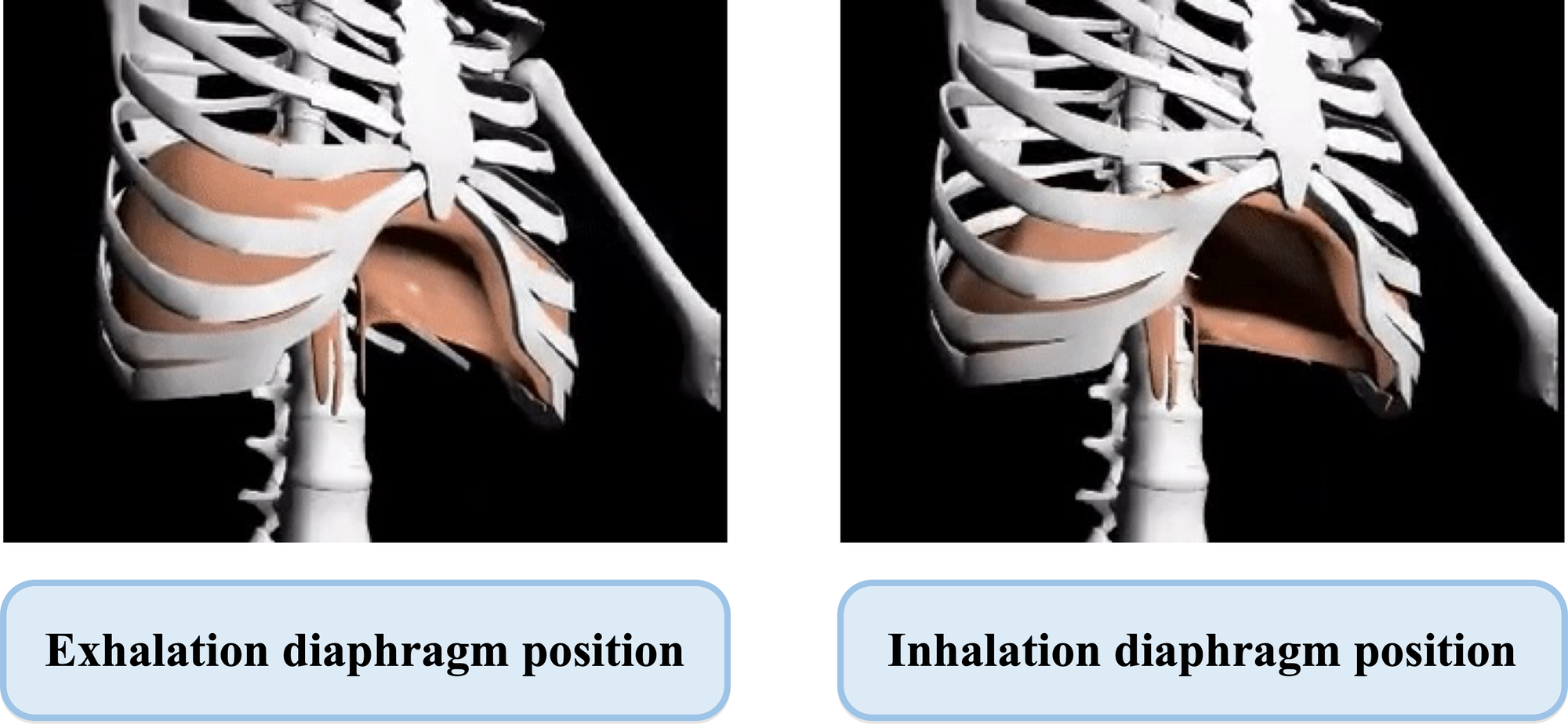
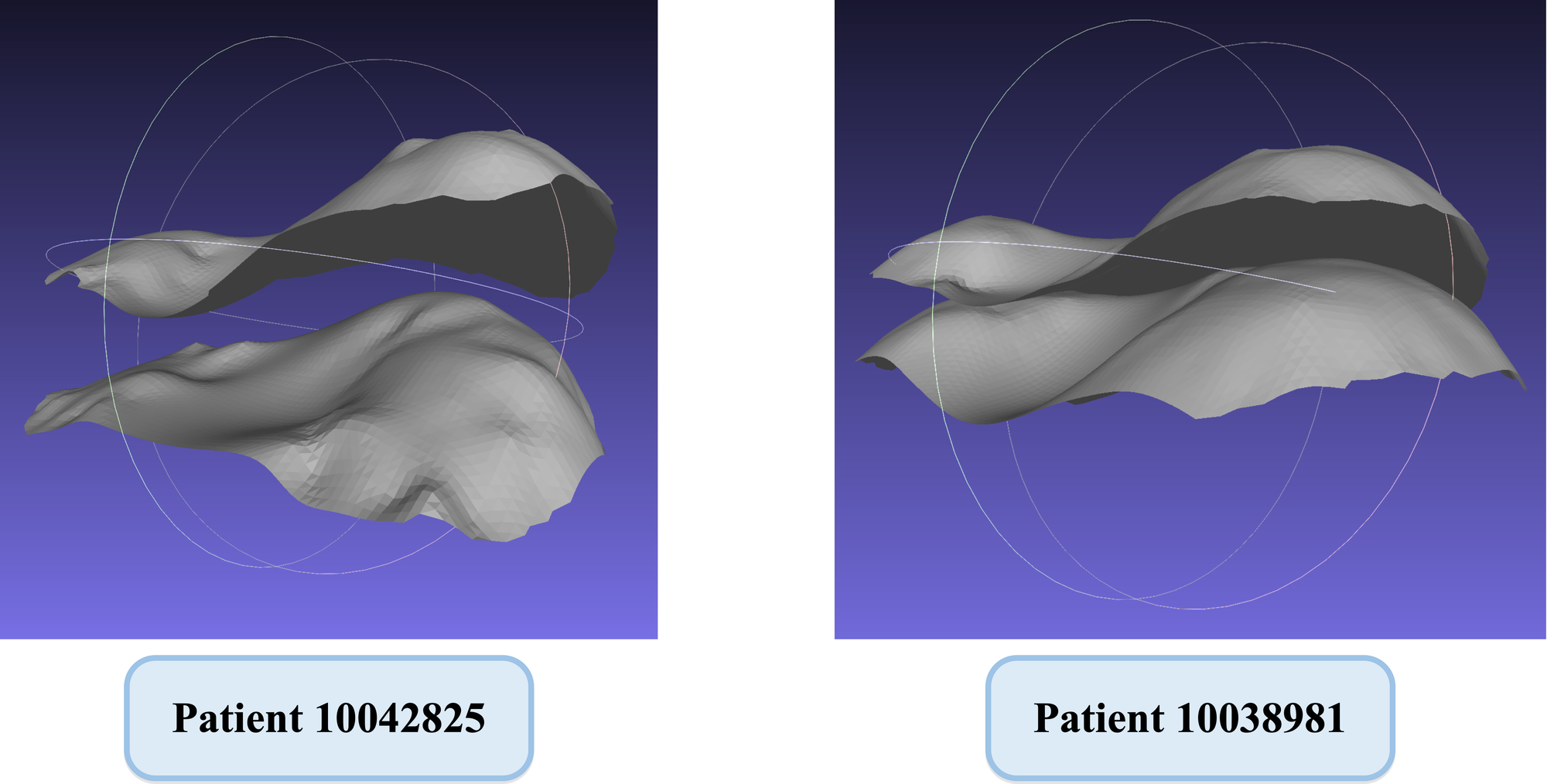
Project Approach
As the architect of the experiment, I was responsible for designing and implementing the code. Our approach comprised several stages, utilizing image processing algorithms, computational geometry algorithms, and surface fitting algorithms to generate simulated diaphragm surfaces. We employed Python, C++, MATLAB, NumPy, Pandas, CGAL, OpenCV, Open3D, Plotly, and other libraries in our implementation.
The following steps were undertaken during the project:
- Reading CT slices from DICOM images and generating a 3D visualization of the lungs.
- Implementing a Python-based denoising algorithm to minimize image noise.
- Extracting the lung bottom from the 3D visualization and converting the 3D point cloud into a 3D polygon mesh.
- Creating numerous polylines using CGAL and C++ and intersecting these polylines with the 3D polygon mesh of pulmonary substructure.
- Recording the coordinates of polyline intersections with the 3D polygon mesh.
- Constructing a non-border diaphragm surface using MATLAB's gridfit surface fitting function.
- Segmenting the final diaphragm surface using the pulmonary substructure mask, extracted via a collision algorithm-based method.
- Designing a correction technique to obtain the area closest to the actual situation, considering that the simulated diaphragm and the real diaphragm's end are not connected.
Results and Achievements
Our innovative method demonstrated exceptional accuracy and feasibility in evaluating diaphragm function in COPD patients. We submitted a paper entitled "Motility Analysis of Diaphragm in Patients with Chronic Pulmonary Lung Disease Based on Computed Tomography Technique" to IEEE Access, where I serve as the lead author. The paper is currently under review (manuscript number Access-2023-01370).
This project yielded a non-invasive and accurate method for assessing diaphragm function in COPD patients, with the potential to enhance diagnostic and treatment strategies. Furthermore, our project provided an unparalleled learning experience, as our diverse team consisted of members from three different countries.
Conclusion
In summary, our proposed method for evaluating diaphragm function in COPD patients using chest CT image analysis showcased outstanding accuracy and practicality. We made use of various algorithms and libraries throughout the implementation process, ultimately producing a non-invasive method for assessing diaphragm function in COPD patients. This project also fostered a unique learning environment, as our team collaborated with specialists from various countries.





